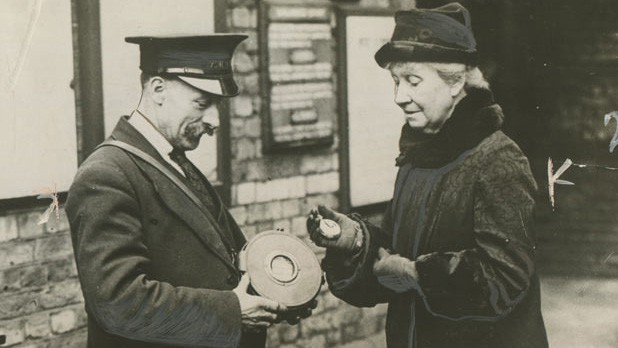Kate Gardner reviews The Alchemy of Us: How Humans and Matter Transformed One Another by Ainissa Ramirez
The stories of major scientific leaps forward have been told many times, but what is less often examined is how those discoveries and inventions changed the human experience in profound ways. This is what materials scientist Ainissa Ramirez explores in The Alchemy of Us: How Humans and Matter Transformed One Another. She concentrates on eight inventions – quartz clocks, steel rails, telegraph wires, photographic film, light bulbs, magnetic data storage, glass labware and silicon chips. In her telling, these are not single “aha” moments; each story lasts decades (or centuries) and involves many people.
For each invention, Ramirez takes time to depict the world beforehand, the stumbling blocks along the way, and its effect on society. Photographic film is not just the story of Reverend Hannibal Goodwin who spent decades working on the invention in his attic, and then the rest of his life fighting Eastman Kodak for the patent. It’s also Eadward Muybridge trying to capture a photograph of a galloping horse at a time when studio portraits required subjects to remain still for a full minute. It’s how camera film was optimized for white skin, at great cost to people of colour (a problem only addressed when chocolate and furniture manufacturers complained that Kodak film did not accurately depict the brown tones of their products). It’s Polaroid employees fighting against the use of their company’s products to monitor Black people in Apartheid South Africa.
Science and technology do not exist in a vacuum, and Ramirez fully explores this. The details matter and they’re fascinating. Clocks and light bulbs changed how humans sleep. The telegraph gave Hemingway’s writing style its famous brevity. For almost 50 years accurate time was distributed by Ruth Belville carrying a pocket watch from the Royal Observatory at Greenwich to individual homes and businesses.

How Vera Rubin broke barriers and convinced the astronomy community that dark matter exists
In her epilogue, Ramirez writes that as a Black woman scientist, she found that her “reflection in textbooks was hidden, missing, overshadowed or cast in a poor light”. Although each central inventor in this book is a white man, they aren’t the whole story. Even when they worked alone, they relied on others’ work to make their own a success. And their inventions affect all humans, not just people like them.
- 2021 MIT Press $17.95pb 328pp
